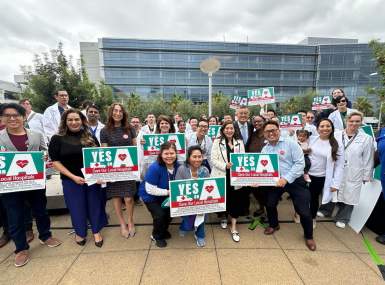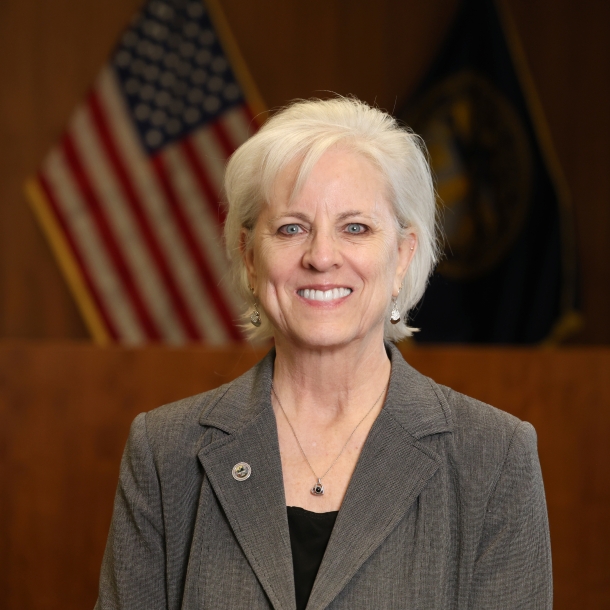Renewed Support for Medicaid at 50
In 1965 — 50 years ago July 30 — President Johnson signed the landmark legislation that created Medicaid. In so many ways, it was a different world then. Televisions had antennas and broadcast just a few channels in black and white. Gas cost 31 cents a gallon and the Dow was at 969. Tobacco had only just been declared a hazard.
Health care treatments and the way we deliver and pay for them have also changed dramatically in the past five decades — largely for the better. But one thing that has not changed since 1965 is the sad fact that there are times in people’s lives when they will face medical challenges — sometimes serious ones. And it often happens when we least expect it. Fortunately when people need help, Medicaid is there for them. Nearly two-thirds of Americans have either benefited directly from Medicaid or have a family member or friend who has.
In our counties, Medicaid is a lifeline for people who otherwise lack coverage for their health care needs. We take seriously our responsibility for protecting the health and well being of all of our residents, and the Medicaid program helps make that possible.
Nationally, counties invest $70 billion on health care services. We run 1,000 hospitals and 700 nursing homes. At least 16 states require counties to contribute to the non-federal share of Medicaid, and the majority of states require counties to provide health care for low-income, uninsured or underinsured residents.
Over the past half century, Medicaid has had a positive and lasting impact on the many families it serves, providing health care to one in every five Americans from all walks of life. Half of the babies born in this country had their births covered by Medicaid. The program fills gaps in people’s health coverage and helps them transition through life events that would otherwise leave them uninsured and more vulnerable.
The average adult with Medicaid spends only a portion of any given year enrolled in the program, and health care outcomes and economic security are much better for those in Medicaid compared with the uninsured. Children with Medicaid coverage live healthier, more productive lives as adults than similarly disadvantaged children without access to the program.
Medicaid supports our most vulnerable citizens — including the disabled, seniors and their families — who account for two-thirds of Medicaid’s budget. One in five people with Medicare also rely on Medicaid to cover the things that Medicare doesn’t like nursing home care, dental treatment and vision care.
Medicaid does more than just care for our residents. It has been a source of innovation in American health care benefitting our local economy. Medicaid reduces the frequency of uncompensated care provided by local hospitals and health centers, lessening the strain on our county budget. It provides patient revenue that helps communities retain doctors and other health professionals, especially in underserved and rural areas.
There will always be a need to treat illnesses in our community, and Medicaid should always be there to help. This is why preserving a strong federal-state-local partnership for financing and delivering Medicaid services is the top health priority for NACo.
Attachments
Related News

CMS issues new guidance on Medicaid Community Engagement Requirements
On December 8, the Centers for Medicare & Medicaid Services (CMS) released a Medicaid and CHIP Services Informational Bulletin (CIB) directing states on how to implement the Medicaid community engagement requirements enacted under Section 71119 of the One Big Beautiful Bill Act legislation (Public Law 119-21), or H.R. 1.

California county sales tax measure backfills federal healthcare cuts
Santa Clara County, Calif. will raise an estimated $330 million each year from a sales tax to backfill lose Medicaid funding.

